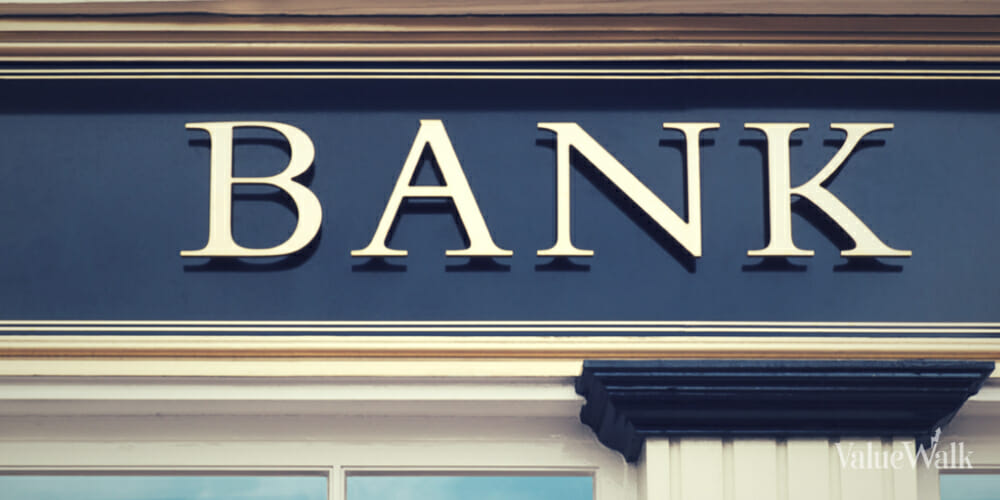When it comes to the blockchain, you will often hear the same keywords thrown about; decentralization, privacy, speed of transactions and gas fees. However, the only true and indisputable value proposition of the Blockchain is anti-censorship. According to Paddy Cerri, Chief Blockchain Architect of Minima “It’s not about transactions per second, it’s not about clever scripting, convenience or even privacy.” He says that naturally comes part and parcel with what they are doing anyway. Their proposition is very different and it puts anti-censorship at its core. It achieves that through absolute and full decentralization, by turning every user on the network into a node. How does it do that?
Q2 2021 hedge fund letters, conferences and more
It’s running a protocol that is so compact and light that literally everyone can run a complete node using just their smartphone. Each smartphone mines for its own transactions and the resulting work is merged to make blocks on a larger chain. The result? You have a fully decentralized base layer protocol which offers a value transfer that is truly censorship-resistant value transfer, giving every player equal rights.
According to Paddy Cerri, “If your project or app is not decentralized, then it doesn't matter what you build on top of your chain. A chain is only as strong as its weakest link and now Every single current blockchain is totally centralized.”
That’s because The financial incentives in Mining always lead to economies of scale and massive centralization”
According to Minima’s ethos, in order to develop a system that is truly decentralized, every single player on that network must be equal - in terms of fully validating as well as fully involved in the construction of the blocks.
And that is exactly what Minima is doing. We spoke to Paddy Cerri to learn how this works.
So if even your grandma can do her own mining from her phone, then supposedly you no longer need external miners. What are the benefits in that?
“DECENTRALIZATION. Because without decentralization, we can't have censorship resistance.. and without censorship resistance, we can't have Freedom.
Anti-censorship with regard to Value means always being able to send value from one party to another. But it also means no party being able to control, inflate or dilute the supply. No party is able to destroy the value you are trying to transfer. That’s just another form of censorship.”
Paddy, Has decentralization lost its way from the original vision of Satoshi? How?
“Yes, decentralization has lost its way. We’ve broken the dream. By centralizing. We outsourced critical infrastructure because either we couldn't be bothered to run it ourselves or the task was simply too onerous. Way back when we all ran full nodes, all mined our chains, all contributed to security, all kept the ledgers.. etc etc.. NOW - We pay others to run the security, to maintain the ledgers, to host the massive servers required to interact with our ever-growing chain of choice.”
How do Layer 1 and Layer 2 work together at Minima?
“Minima AND Maxima. On-Chain vs Off-Chain. We need both.
Minima - On-chain. The entire network receives and processes transactions. Everyone can process any smart contract for any amount with any parties. And it’s FINAL. Settled. Complete... but it takes time. There is a limit to the number of messages everyone can process if EVERYONE has to process them all. Slow and expensive.
Maxima - Off-chain. Only the sender, recipient and those involved in relaying receive and process the transaction. Anyone can process a subset of permissible smart contracts for a smaller set of amounts to a smaller set of recipients. There is no limit to the number of transactions that can be sent - save for that set by the hardware topology of the network. Fast and cheap.”
How is competition in the mining space overall a negative thing? Does it lead to centralization eventually of the top players in the space?
“When Mining is competitive it becomes an industry and like every other industry on the planet, it is susceptible to Economies of Scale. And like every other industry, is currently and will in future - centralize. It doesn’t matter how many miners there are in total - only how many miners it takes to own 51% of the hash rate. That’s the attack vector. There is only ONE way competitive mining ends - ONE MINER. Resulting in ZERO security against censorship.”
Do less miners in the space mean the network is less secure?
“Yes, it may not seem that important now. But, when we actually start to challenge the US Dollar or the Chinese Renminbi... when we actually start to threaten Chinas' monopoly on money... there is no way the ruling government of the world won't act. When you threaten their greatest and most powerful asset... their currency... The worlds’ global reserve currency... they will come for chains with centralised miners... And when there are only 3 miners left... they'll win. And by win - I mean take 51% of the hash rate... and pump out empty blocks. Then, it’s game over for all chains who haven’t foreseen the problem and evolved to address it. Yet Minima will survive.”
What is the future of the blockchain?
“The cryptocurrency of the future needs to run in full on your phone. It needs to fit in full on your phone, forever. It needs to be as effortless as installing a messaging app. As simple as that or no one will use it. And that's really where the Minima rabbit hole starts.”
The future of the blockchain is bright and now it's becoming even more compact. No need for complicated hardware and massive energy bills, when your mobile phone will suffice. Startups like Minima are opening the playing field, so that to become a miner and player in the blockchain realm, all you need is just a phone.






